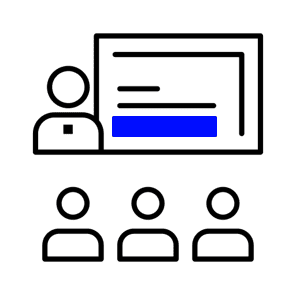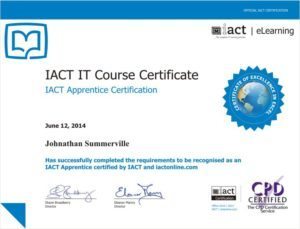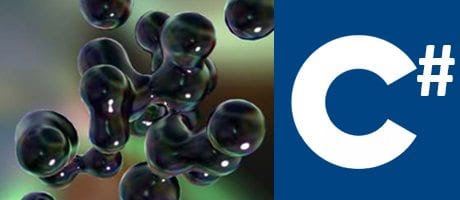This two day course teaches programming the C# language, explaining data types, control statements, objects and classes, exception handling and writing components.
Intermediate Level
2 Day Course
Certification Awarded
Study materials
Learning options for this course

Classroom
This course can be taken at our Training Centre in Dublin 2. Socially distanced learning. Full interaction with expert trainers.

Virtual Classroom
Daytime or evenings using iLiveLearning. Full interaction with the trainer, just like in the classroom. Software provided.
Skills You will have at the end of the Course
Create well structured Classes and Interfaces.
Correct use of Inheritance.
Exception Handling.
Accessing databases with ADO .NET
Creating Components
Course overview
This two day course teaches programming the C# language, explaining data types, control statements, objects and classes, exception handling and writing components. The course concentrates on teaching the C# language and elements of standard .NET Framework Class Library, Structs and other data types.
Requirements
This course assumes that attendees have previous programming experience in a language such as Microsoft Visual Basic, Visual C++ or JAVA.
Certification
At the end of the course, you’ll be Certified by the Irish Academy of Computer Training

Who would benefit
A developer moving to C# from another language.
Why take the Course
If you want to get a jump start in using C#. The course encourages the good design and implementation of classes.
Online Option
No
Course curriculum
Section 1 : Introduction to C# and .NET
Section 2 : Language Basics
Section 3 : Classes, Structs, Interfaces and Inheritance
Section 4 : Exception Handling
Section 5 : Debugging
Section 6 : Accessing databases with ADO.NET
Section 7 : Collections
Section 8 : Streams and IO
Section 9 : Creating components
Section 10 : Configuration and Deployment
Section 11 : Assemblies and Modules
Contact us.
We'll reply quickly.
Enquiry
I understand that my personal data is being processed in accordance with the privacy notice and accept the terms and conditions of use.

